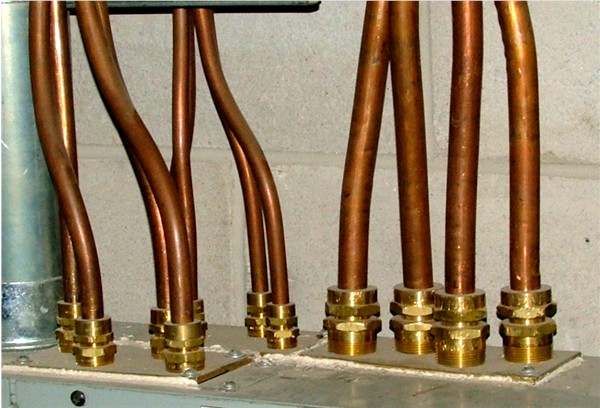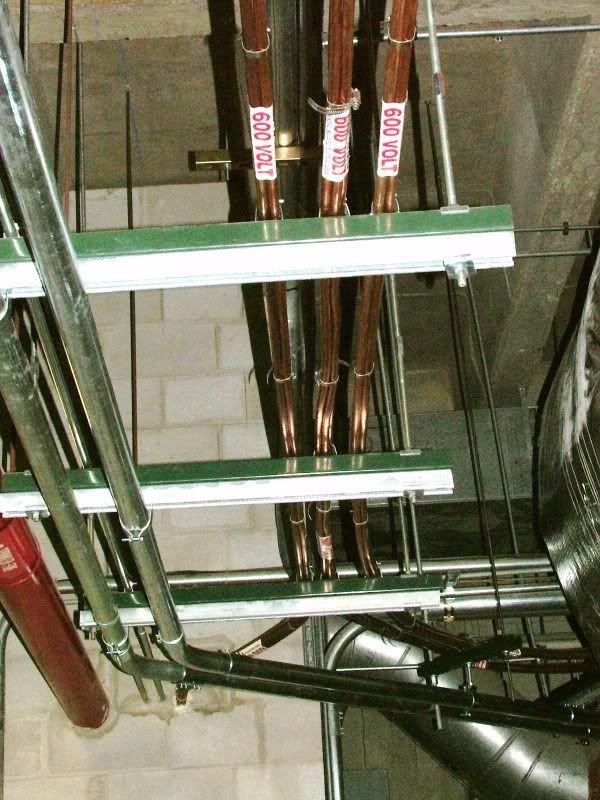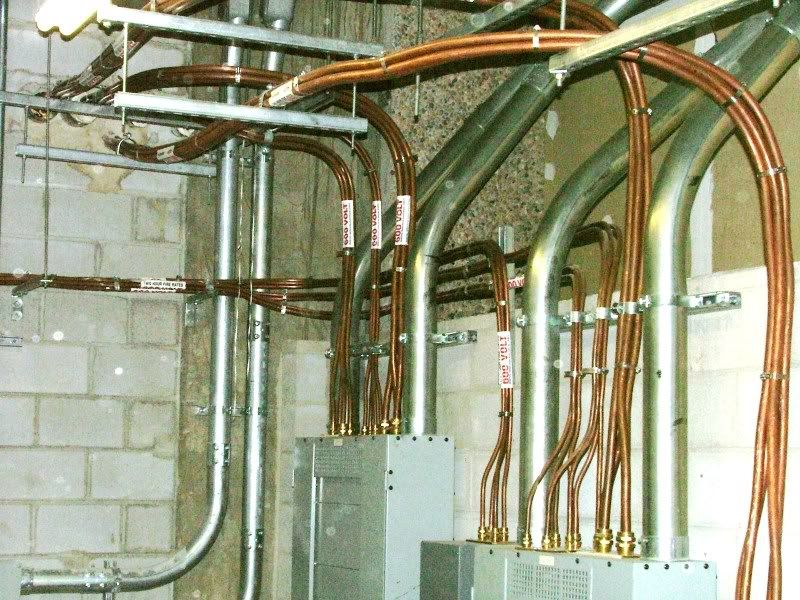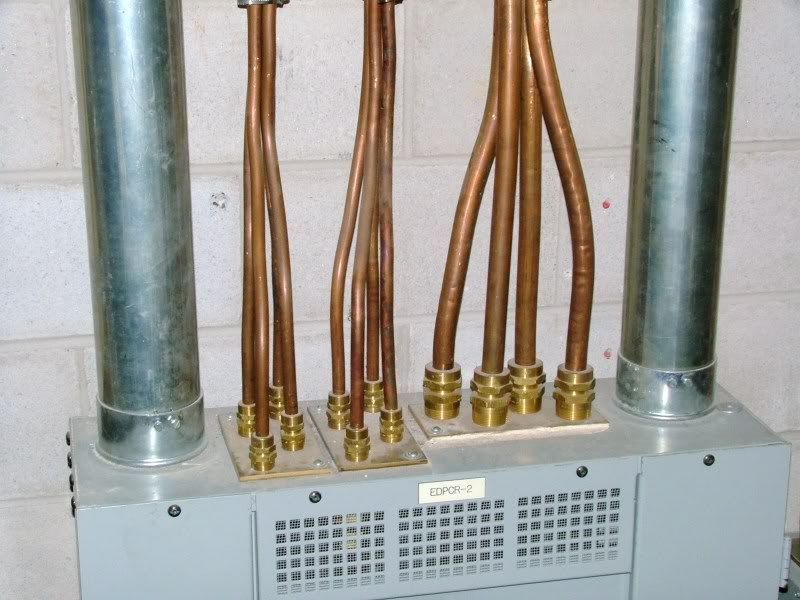mstrlucky74
Senior Member
- Location
- NJ
Below id from the Pyrotenax website. Why for single conductor but not for multi? Thanks
A brass plate is not required for multiconductor cables. Connect the brass termination gland directly to the steel enclosure using lock nuts on either side of the gland connector as shown in Figure 14. Ensure that the brass gland is properly bonded to the steel enclosure once the lock nuts have been tightened. Install multiconductor cables following all
A brass plate is not required for multiconductor cables. Connect the brass termination gland directly to the steel enclosure using lock nuts on either side of the gland connector as shown in Figure 14. Ensure that the brass gland is properly bonded to the steel enclosure once the lock nuts have been tightened. Install multiconductor cables following all








